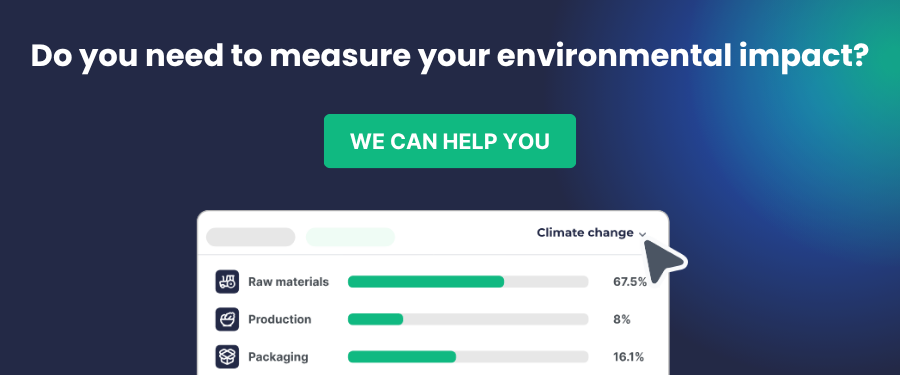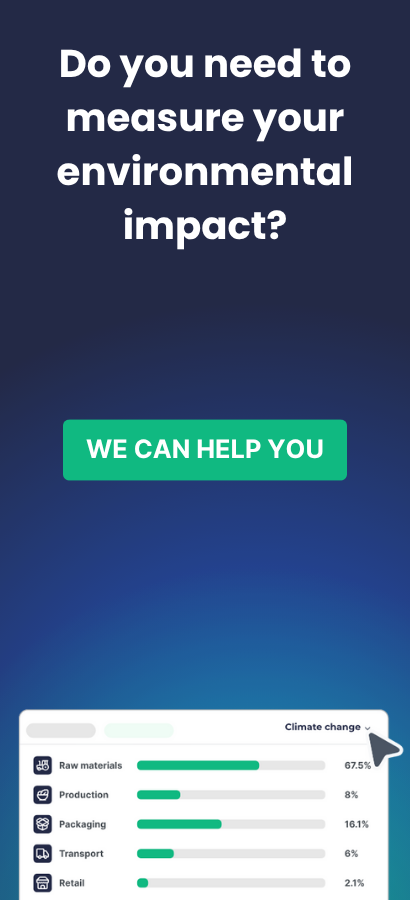
f you’ve ever wondered about the environmental impact of a product or service over its entire lifespan, then you’re already thinking in terms of a Life Cycle Assessment (LCA). A LCA gives us a detailed insight into the environmental implications tied to all stages of a product’s life – right from its creation to its disposal. Whether you’re a business owner, an eco-conscious consumer, or a curious citizen of the Earth, understanding the four phases of LCA can be incredibly helpful and necessary to be able to measure the LCA.
What are the four phases of Life Cycle Assessment?
Goal and Scope Definition
The Life Cycle Assessment (LCA) is a systematic approach to evaluating the environmental aspects and potential impacts associated with a product, process, or service. The first phase of this process is the ‘Goal and Scope Definition’. This phase involves clearly defining and identifying the purpose of the LCA, the system boundaries, the functional unit, and the assumptions and limitations. It sets the context for the LCA and guides the other phases.
Life Cycle Inventory Analysis
The second phase is ‘Life Cycle Inventory Analysis’ (LCI). This phase involves data collection and calculation procedures to quantify relevant inputs and outputs of a product system. The LCI provides the detailed account of the energy and material flows into, within, and out of the system being studied. It’s a comprehensive inventory of all the exchanges between the system and the environment.
Life Cycle Impact Assessment
Following the LCI, the third phase is ‘Life Cycle Impact Assessment’ (LCIA). This phase aims to evaluate the significance of potential environmental impacts based on the LCI flow results. It involves classifying and characterizing these impacts into categories such as global warming potential, ozone depletion, and acidification. The LCIA phase helps in understanding the environmental consequences associated with the inputs and outputs identified in the LCI phase.
Interpretation
The final phase of the LCA is ‘Interpretation’. This phase involves evaluating and discussing the results of the LCI and LCIA phases. The interpretation phase helps in understanding the overall environmental impact of the product or process, identifying opportunities for improvement, and making informed decisions. It’s a crucial phase as it provides the conclusions, recommendations, and reporting of the LCA study.
What are the distinctive features of each LCA phase?
The first phase of Life Cycle Assessment (LCA) is the ‘Goal and Scope Definition’ phase. This phase is characterized by the clear identification of the purpose of the study. It involves defining the product or system to be assessed, the functional unit, the system boundaries, and the level of detail required. The goal and scope definition phase is critical as it sets the direction for the entire LCA study.
The second phase is the ‘Life Cycle Inventory (LCI)’ phase. This phase is marked by data collection and calculation procedures. It involves quantifying the inputs and outputs of materials, energy, and waste for each process within the system boundaries defined in the first phase. The LCI phase is distinctive for its meticulous data gathering and computation, which forms the basis for further analysis.
The third phase is the ‘Life Cycle Impact Assessment (LCIA)’ phase. This phase is unique for its focus on understanding and evaluating the environmental impacts associated with the inputs and outputs identified in the LCI phase. The LCIA phase involves categorizing and quantifying these impacts into impact categories such as global warming potential, ozone depletion, and acidification. This phase is crucial in identifying the potential environmental damage caused by the product or system.
The final phase is the ‘Interpretation’ phase. This phase is characterized by the analysis of results, drawing conclusions, and making recommendations. It involves interpreting the findings from the LCIA phase, identifying significant issues, and evaluating opportunities for environmental improvement. The interpretation phase is distinctive for its role in translating the technical results of the LCA into actionable insights.
What are common mistakes or challenges in performing LCA?
One common challenge in performing Life Cycle Assessment (LCA) is defining the system boundaries. This involves determining which processes are included and excluded from the assessment. If the boundaries are too narrow, important environmental impacts may be overlooked. Conversely, if they are too broad, the assessment may become too complex and unmanageable.
Another frequent mistake is not considering all relevant environmental impacts. LCAs should ideally cover a wide range of impacts, such as climate change, ozone depletion, water use, and biodiversity loss. Focusing only on a single impact, like greenhouse gas emissions, can lead to a skewed understanding of a product’s overall environmental footprint.
Data quality is another major challenge in LCA. The accuracy of an LCA heavily depends on the quality of the underlying data. However, obtaining accurate and comprehensive data can be difficult, particularly for processes that occur upstream or downstream in the product’s life cycle.
Allocation of environmental impacts in multi-output systems is another complex aspect of LCA. When a process produces more than one product, it can be challenging to accurately allocate the environmental impacts among the different products. Different allocation methods can lead to significantly different results.
Finally, the interpretation phase of LCA can also be challenging. This involves identifying significant issues, evaluating results, and formulating conclusions. It requires a deep understanding of the LCA methodology and the system being assessed. Misinterpretation of results can lead to incorrect conclusions and misguided decision-making.
| LCA Phase | Description | Common Challenges |
|---|---|---|
| Goal and Scope Definition | Defining the purpose, system boundaries and functional units of the study. | Establishing clear and realistic goals, adequate bounding, representing real-world situations correctly. |
| Life Cycle Inventory Analysis | Quantifying the raw materials, energy inputs, and emissions associated with each life cycle stage. | Data collection, assumptions accuracy, selection of appropriate data sources. |
| Life Cycle Impact Assessment | Evaluating potential environmental impacts based on inventory analysis results. | Linking inventory data to specific environmental impact categories, considering uncertainty. |
| Interpretation | Identifying significant issues, evaluating results and drawing conclusions. | Thorough understanding of LCA methodology, correct interpretation of results, ensuring unbiased conclusions. |


